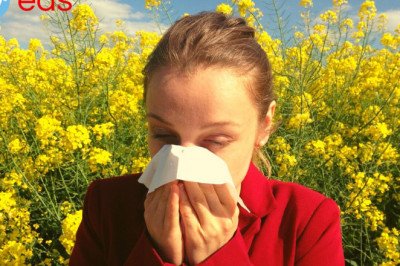views
By antonomasia we can say that the most common alopecia in men is androgenic alopecia. Of course other types of alopecia appear in men that we could differentiate into scarring and non-scarring alopecia, or even operable and non-operable.
What types of alopecia are the most common?
As we have mentioned, the most common is androgenic alopecia. This type of alopecia is present in almost 90% of cases of baldness in men, but we should not trust and make an adequate diagnosis through trichoscopy.
Other alopecias that can occur in men are, among others, alopecia areata , folliculitis decalvans, fibrosing alopecia or scarring alopecia.
Androgenic alopecia.
It is the most common of alopecias and has a genetic character. The genes of alopecia will even determine which treatments will be the most suitable for each person, so it is sometimes necessary to carry out a specific genetic test to personalize the treatment.
It is a treatable and recoverable alopecia, but when it is very advanced and there is follicular loss, it is necessary to perform a transplant to repopulate it.
Good treatments for this type of alopecia must aim to treat the cause, that is, to prevent testosterone from breaking the capillaries that feed the follicles and, on the other hand, to regenerate the damage already produced, so several treatments must be complemented to
Alopecia areata
It is par excellence the most common autoimmune alopecia in men. Today we know that its trigger is stress. It can appear patchy or even universal with loss of all hair and body hair. Alopecia areata, being an autoimmune alopecia, is not easy to treat and in some cases it will take us a long time to achieve results. It is true that a drug has recently been approved that is used for other autoimmune skin pathologies that has obtained very good results in hair recovery.
Fibrosing alopecia
Although frontal fibrosing alopecia was initially thought to be linked to being a woman, many cases have been described in men today. It is also an autoimmune alopecia where stress again plays an important role. It begins in the beard area and ascends in such a way that we will see our patients progressively lose their beard, eyebrows and the first line of hair in the frontal and temporal area like a headband.
Being an autoimmune alopecia we can see an inflammation of the area that destroys the follicles and leaves collagen bundles.
The treatment will be focused on firstly controlling the destructive inflammatory activity in order to carry out regenerative treatments and even grafting after several months of inactivity.
Lichen planus type scarring alopecia
Another type of alopecia that also occurs in men, although it occurs in a greater proportion in women, is lichen planus. Many times it goes unnoticed and if the doctor is not an expert we can think that we are facing androgenic alopecia and treat it as such.
It is an inoperable disease in the first instance, although after treatment and regeneration it is sometimes possible to carry out a successful graft.
Many times the patient who comes to us tells us of a failure of the graft performed and that failure is due to an incorrect diagnosis.
In this case, the inflammation is not self-limited to the first frontal or temporal area, but appears in any part of the scalp. Greater destructive activity is associated with more stressful times.
Folliculitis decalvans
It is associated with an increase in sebum that produces the typical inflamed follicle of folliculitis at the skin level. It is a more frequent alopecia in the black race but this inflammation ends up destroying the follicle and leaving scars. It can appear anywhere on the scalp. And above all we must comment that it is difficult to treat, although a significant improvement has been seen with isotretionine
What are the types of alopecia that most affect men?
As we have seen, not everything is androgenic alopecia, so we must go to a specialist to make an adequate diagnosis and monitor our evolution, adapting at all times both the treatment of alopecia itself and the needs and requirements of our scalp to favor the Hair growth.
What should we do at the first signs of alopecia?
Because not everything goes in alopecia, we must put ourselves in good hands and avoid delay in diagnosis by using cosmetic products that may not be appropriate for the disease we have.











